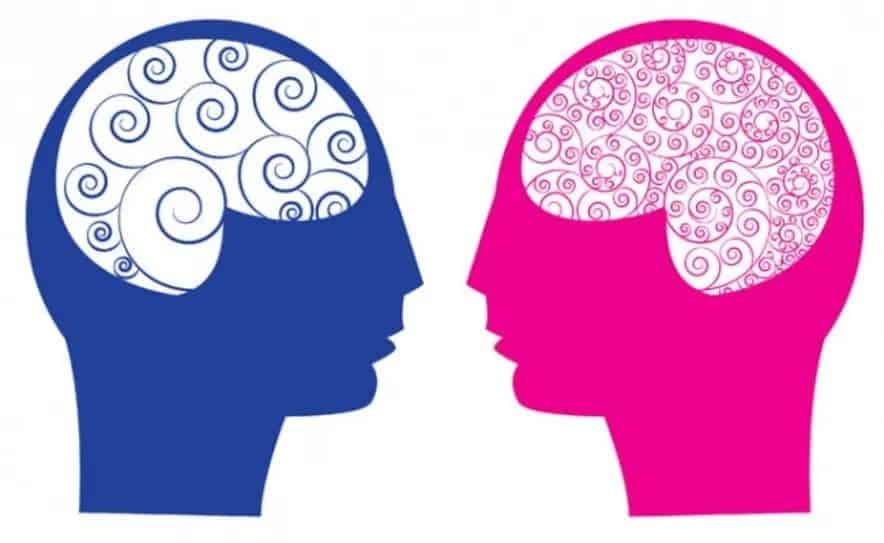
Even in the age of modern medicine, for decades the assumption was that pain is processed in the same way by everyone. But study after study has shown this is not the case at all. Overall, women have a lower threshold for pain than men. However, such research is always problematic because pain can also be subjective. Now, thanks to a new study by researchers in Canada, we’re closer to understanding the biological differences that lead to sex-based differences when it comes to feeling pain.
According to the findings, neurons in the spinal cold process pain signals differently in women compared to men. The importance of this discovery cannot be understated. Some 20% people worldwide experience chronic pain, and the vast majority of them are women. Here’s the problem: most painkillers on the market offer the same drug to everyone regardless of sex. Furthermore, most pain research uses male rodents.
Not just a matter of perception
Studies have found that women are more responsive to painful stimuli. It’s not clear why this is the case, though there is evidence that the female body has a greater nerve density and the fluctuations of female hormones may amplify the body’s perception of pain. One study from the University of North Carolina also points to inherent genetic differences, finding RNA molecules encoded by genes on the X chromosome, of which there are two copies in women, are more elevated in women who develop chronic pain.
But while most of these studies have focused on the perception of pain, Dr. Annemarie Dedek and colleagues went down a unique route, by studying nerve receptors in female and male spinal cord tissue from both rats and humans. The spinal cords were donated by families of deceased patients.
The spinal cord is sort of a middleman in the pain pathway. When neural sensors in the skin, muscle, joints, and organs sense a potentially harmful sensation, such as a burn or leison, they send signals to the spinal cord, which in turn activates other nerves that send signals to the brainstem and to the cerebral cortex. Ultimately, this signal train is processed and interpreted as ‘ouch!’.
When the spinal cord tissue was analyzed in the lab, the researchers noticed that a neural growth factor called BDNF is critical in amplifying spinal cord pain signaling in male humans and male rats. Female human and female rats, however, were not affected by BDNF. When the female rats had their ovaries surgically removed, these sex differences disappeared, suggesting the hormonal explanation for why women feel more pain may be right on the money.
“Developing new pain drugs requires a detailed understanding of how pain is processed at the biological level,” said Dr. Dedek, who is a MITACS- and Eli Lilly-funded industrial research fellow at Carleton University and The Ottawa Hospital. “This new discovery lays the foundation for the development of new treatments to help those suffering from chronic pain.”
This is the first time that scientists have found sex-based differences in pain signaling in the human spinal cord, but more research will be required in order to better understand how these biological differences cause men and women to process pain so differently.
The implications for the pharmaceutical industry may be revolutionary. Future pain medications will likely be tailored to individuals and sex will play a key factor in these personalized prescriptions. For instance, women might need different painkillers when hormone levels fluctuate throughout life.
The findings appeared in the journal Brain.






